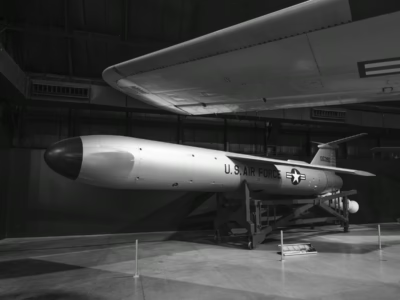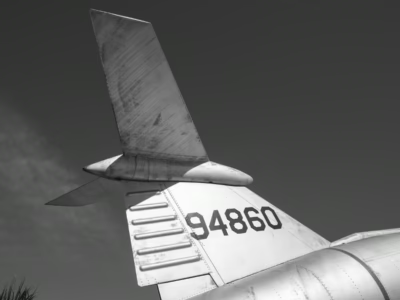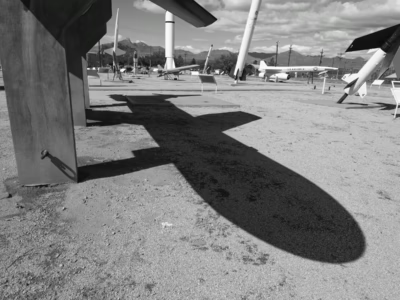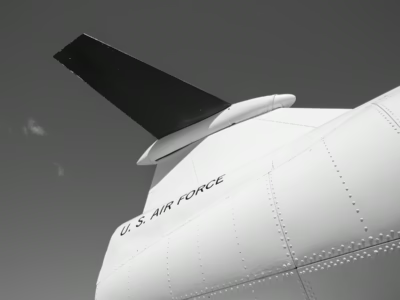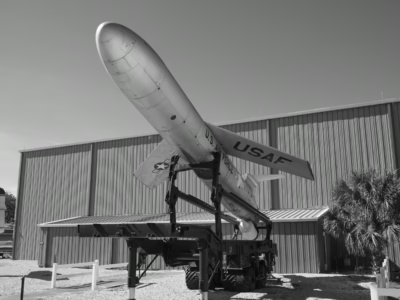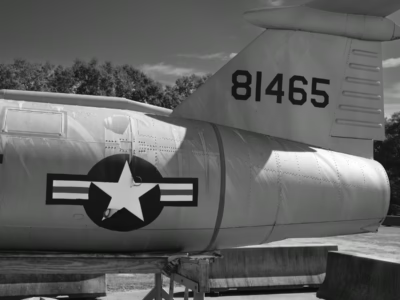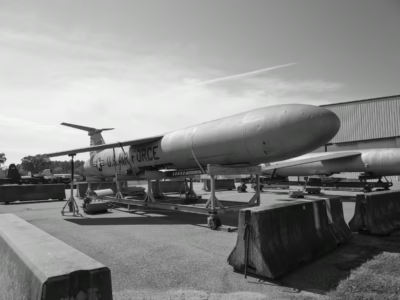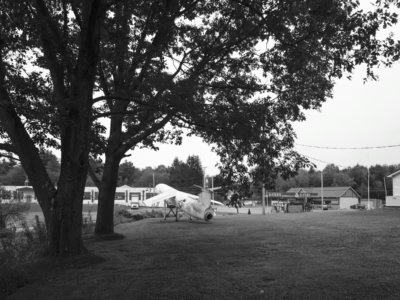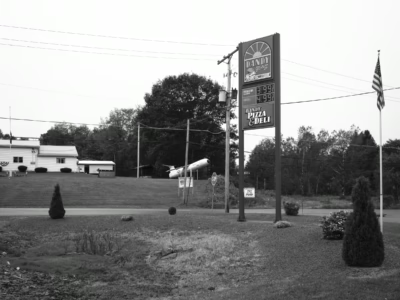Mace
A better Matador

Explosive Power
1.1 Megaton
Hiroshima Equivalent Factor
73x
Dimensions
44 ft, 9 inches x 22 ft., 11 inches (wingspan)
Weight
18,750 lbs.
Range
1500 miles, Mach 0.9
Year(s)
1959–1969
Purpose
Longer-range, better, surface-to-surface cruise missile
About THE MACE
Forthcoming…
Gallery
Nukemap
NUKEMAP is a web-based mapping program that attempts to give the user a sense of the destructive power of nuclear weapons. It was created by Alex Wellerstein, a historian specializing in nuclear weapons (see his book on nuclear secrecy and his blog on nuclear weapons). The screenshot below shows the NUKEMAP output for this particular weapon. Click on the map to customize settings.
Videos
Click on the Play button and then the Full screen brackets on the lower right to view each video. Click on the Exit full screen cross at lower right (the “X” on a mobile device) to return.
Further Reading
- Wikipedia, AAFM, Designation Systems
- The Mace missile evolved directly from the Matador.
- The background on the Mace with a stunning photograph of a launch.
- George Mindling has an extensive web page related to the Mace, motivated by his years of service with the Air Force where he worked with these weapons. Follow the various links.
- Nuclear weapons in Japan, surprise, surprise. The National Security Archive shares relevant documents about the Mace and other weapons in a 2016 post.
- A history of missile testing at Cape Canaveral, which includes the Mace (page 60).
- First published in The Japan Times Online in 2012, this article tells the story of the Mace Air Force personnel during the Cuban Missile Crisis.
- A short history of the 498th Nuclear Systems Wing, which operated the Mace missiles.
- As of 2024 the Air Force is seeking to develop a new stand-off, air-launched weapon (perhaps a new cruise missile) which they have named “MACE.” In Air Force-speak MACE is an acronym for “Multi-Mission Affordable Capacity Effector” which is described in thsi Request for Information document.
